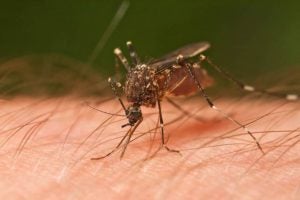
Learning Objectives
Students will be able to describe parasitic relationships and consider ways to prevent them.
Grade Levels
3-5
Next Generation Science Standard Strand
3rd: Biological Evolution: Unity and Diversity
4th: From Molecules to Organisms: Structures and Processes
5th: Ecosystems: Interactions, Energy, and Dynamics
Materials Needed
Computers with internet access
Lesson
Introduction
- Ask your students if they know what the word “symbiosis” means.
- Tell your students that symbiosis is a relationship between two different species. Usually in symbiotic relationships, both species benefit.
- Tell your students there are different types of symbiotic relationships.
- Ask your students if they know any. Record them on the board if they are correct.
Explicit Instruction/Teacher Modeling
- Tell your students that there are three different types of symbiotic relations. Today we will focus on parasitism.
- Parasitism is when one species benefits by harming another one. Tell your students that an example of parasitism is fleas. They benefit from living in pets’ fur, while the pets end up getting itchy skin.
- Dog owners help protect their dog’s from fleas (and other parasites) by giving them flea medication and getting them medical treatment.
Independent Work
- Have students work with a partner to read about dog parasites: Dog Parasites
- Ask your students to pair up and each write an 8-12 line poem that shows any parasitic relationship between dogs and a parasite listed. Be sure to include information about the best way to treat and prevent the parasite.
Review and Closing
- Invite students to share their poems.
References
AKC Staff Writers. (2015, April 16). Retrieved from https://www.akc.org/content/health/articles/parasites/.

